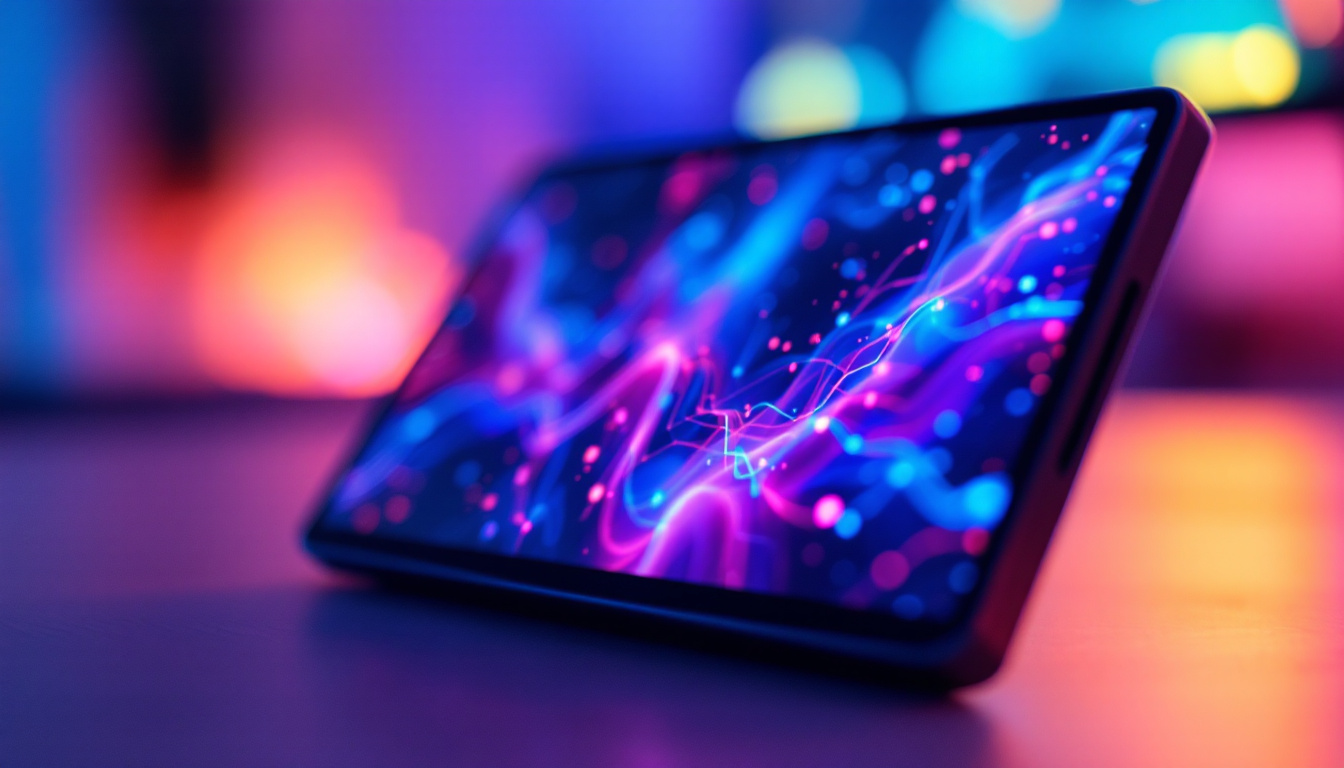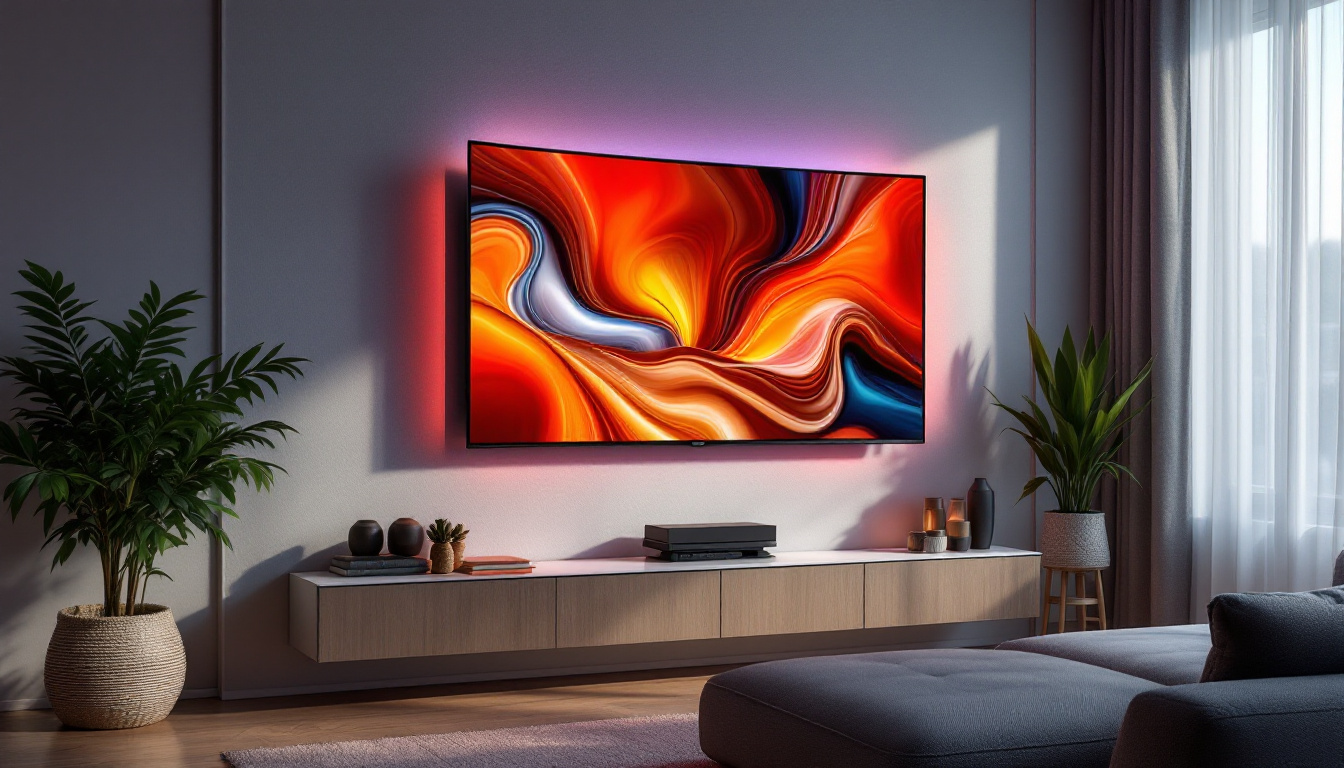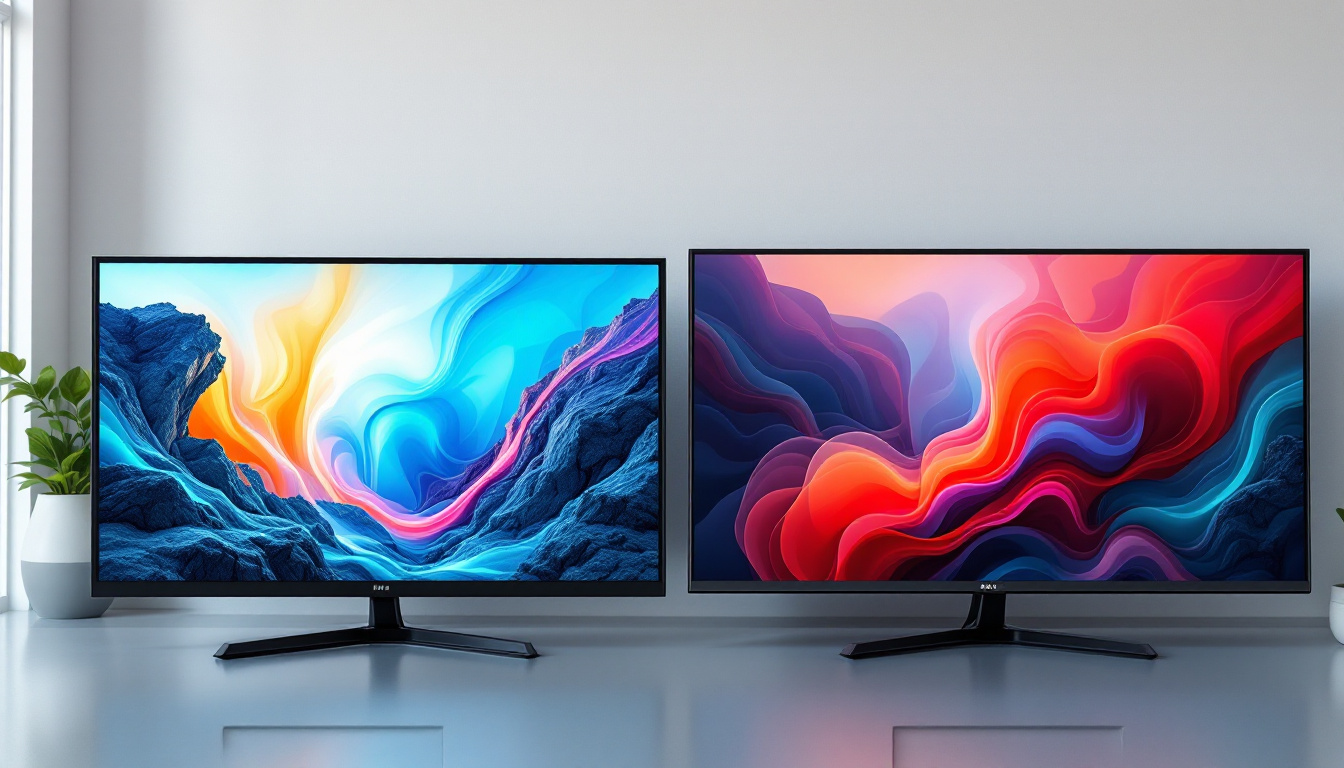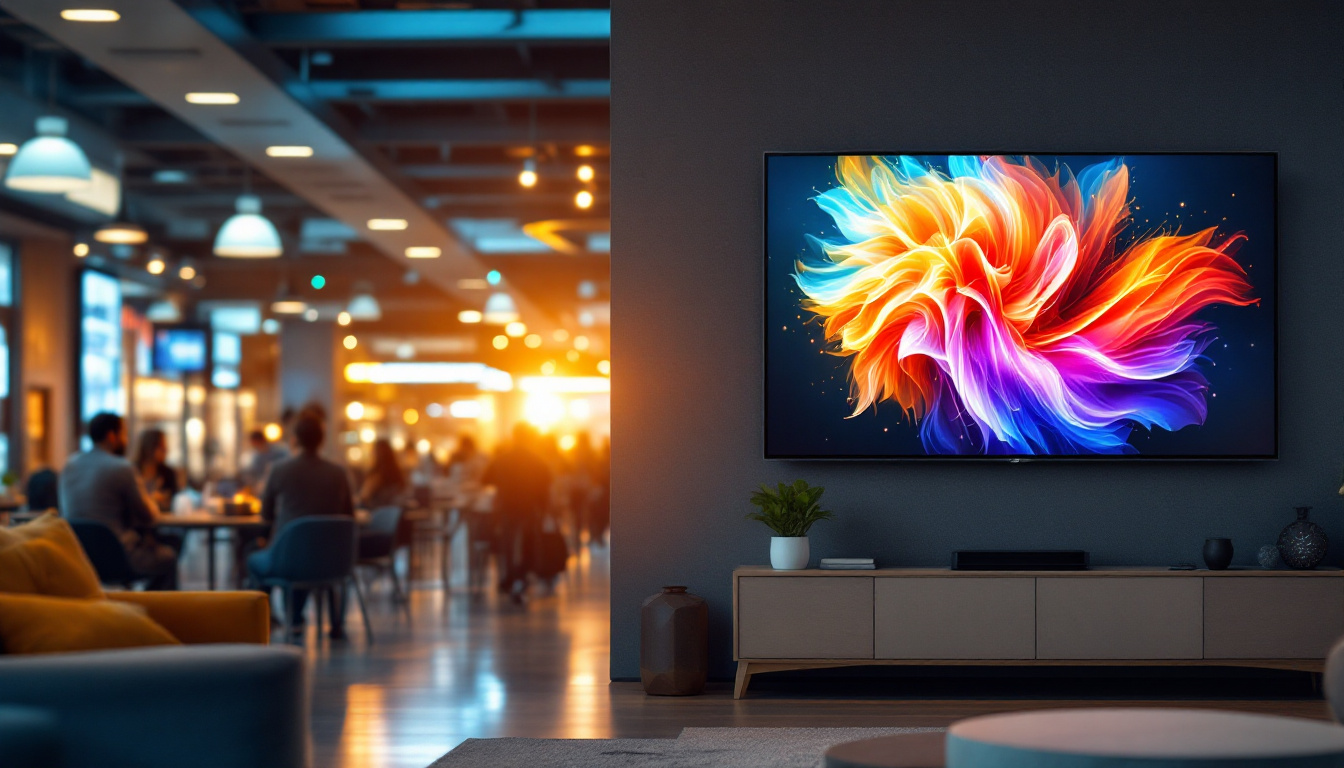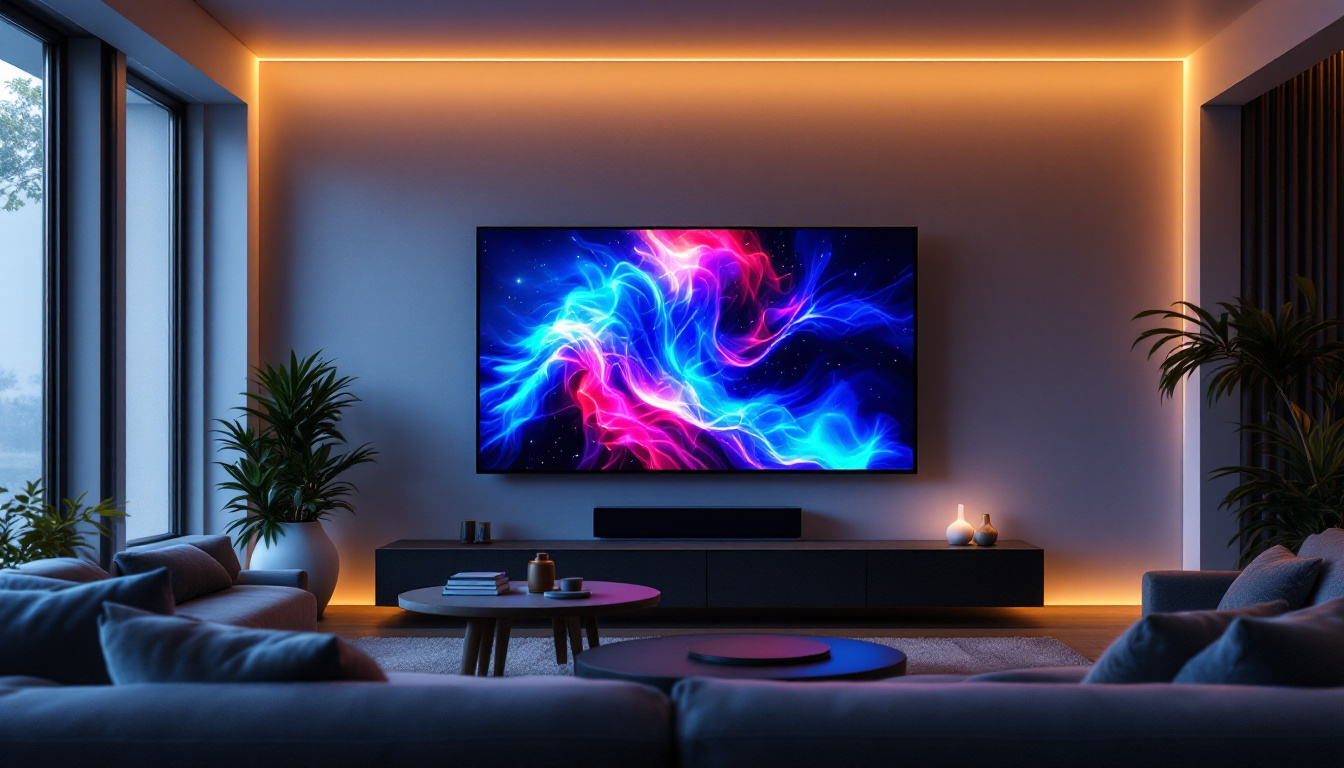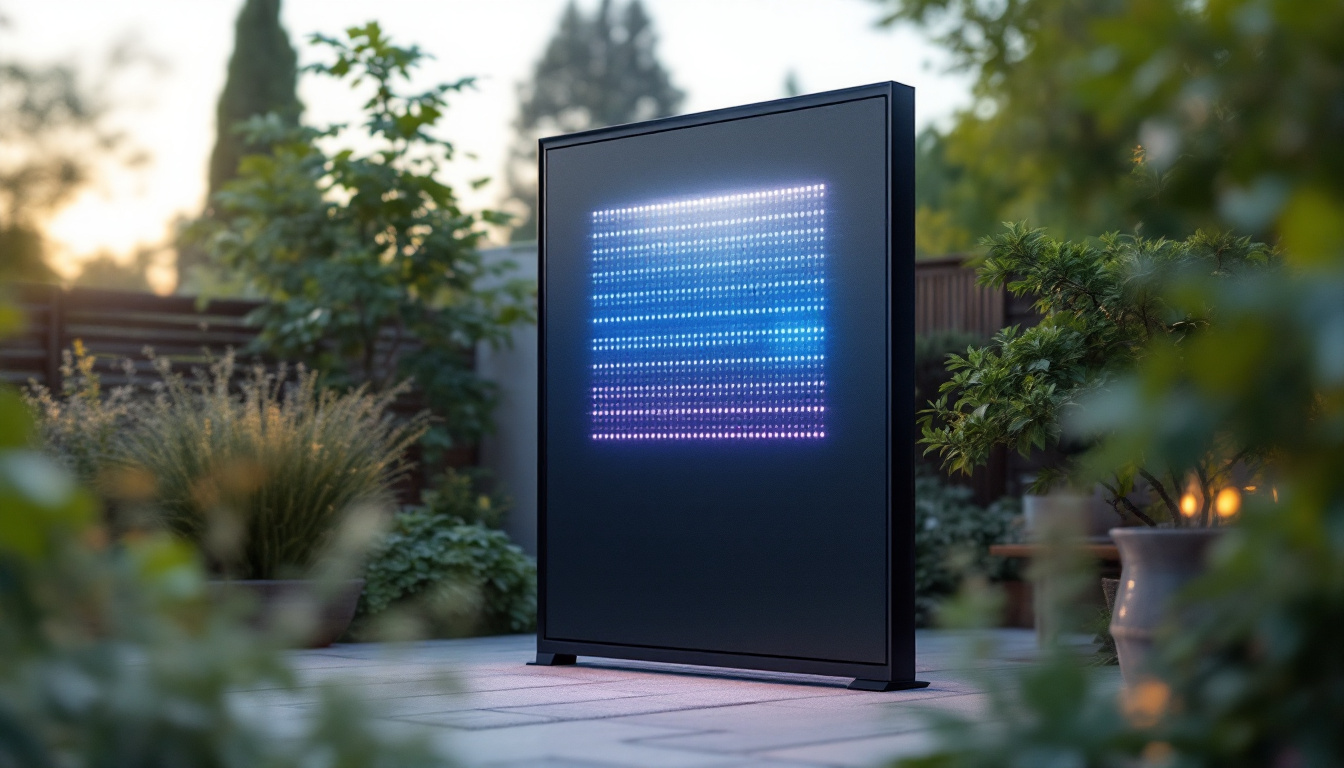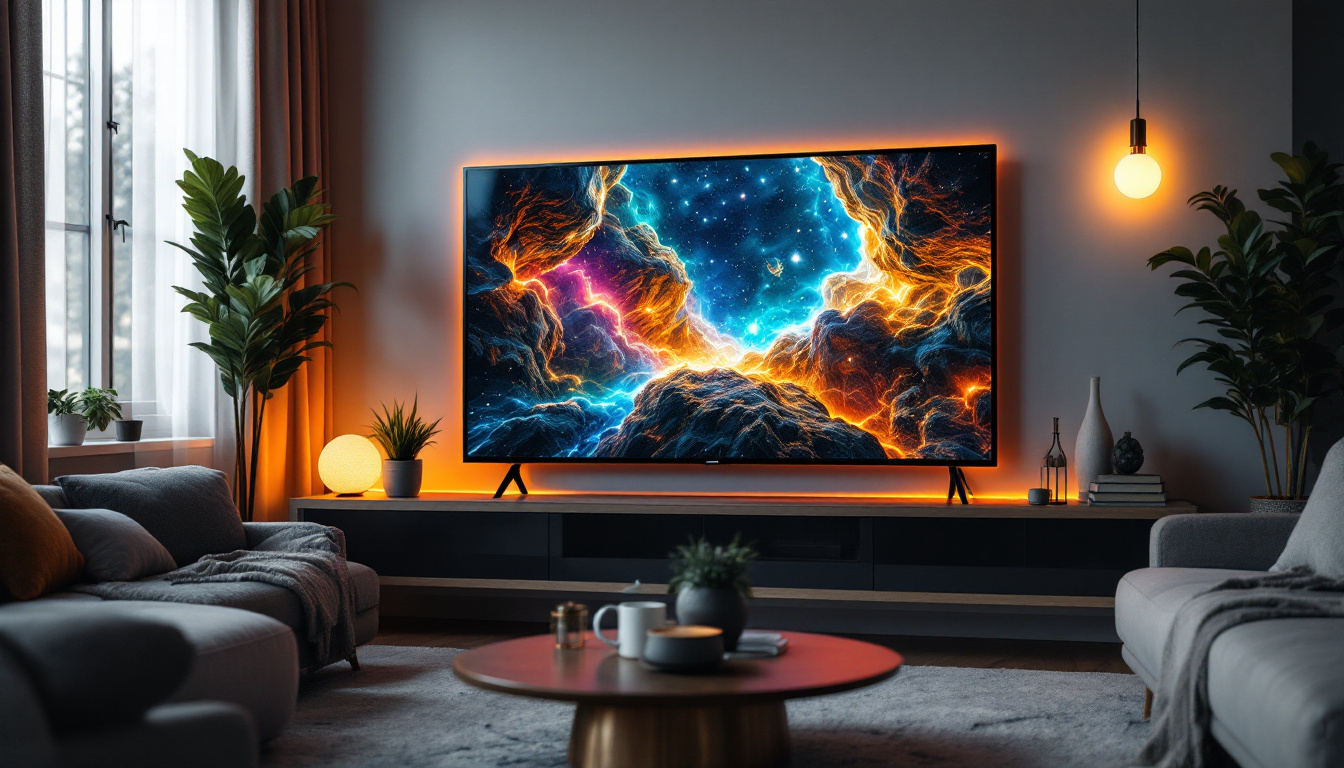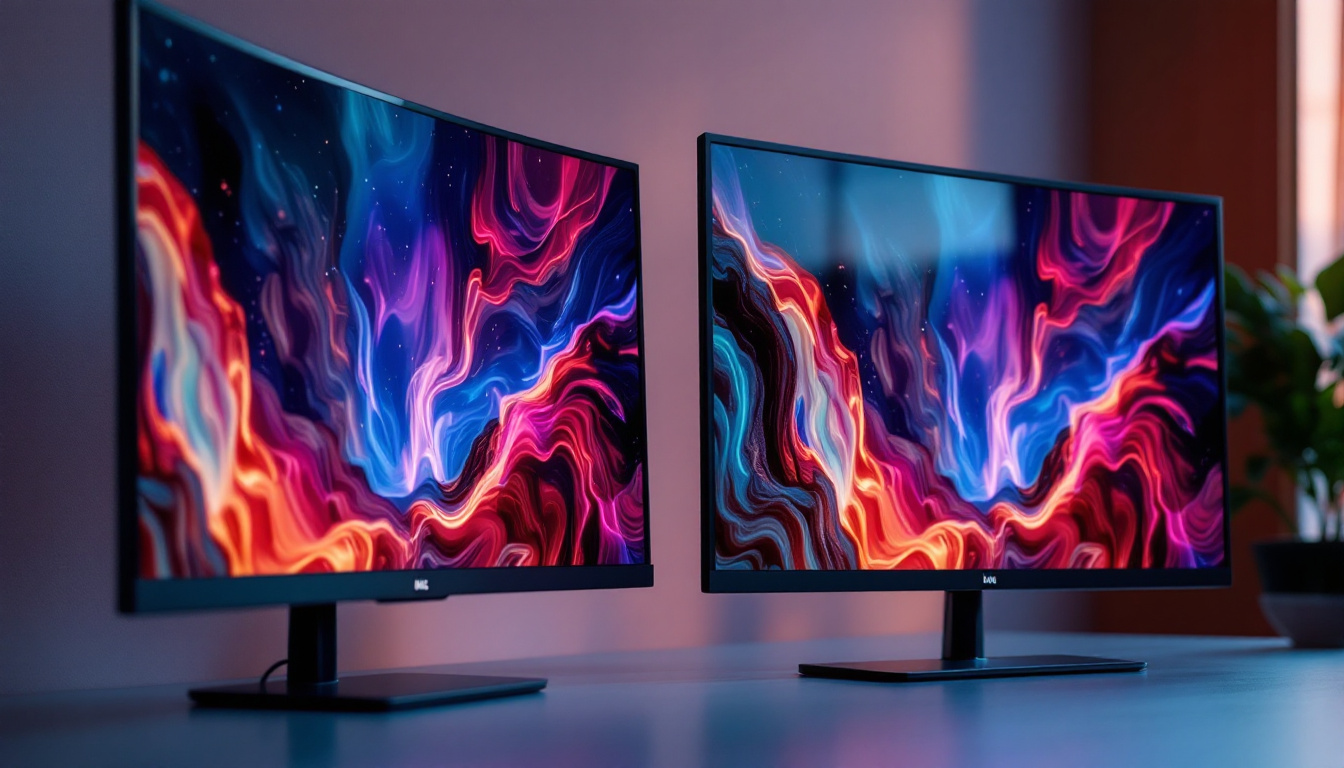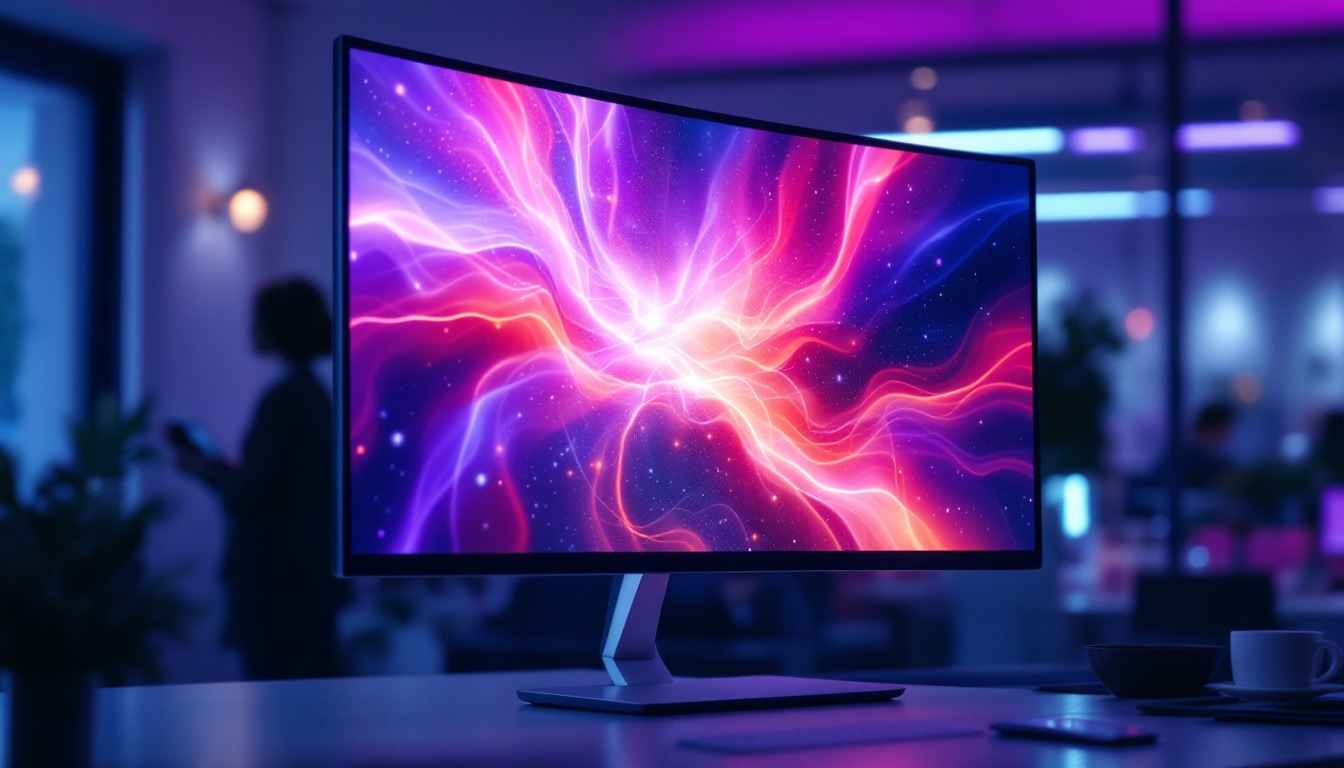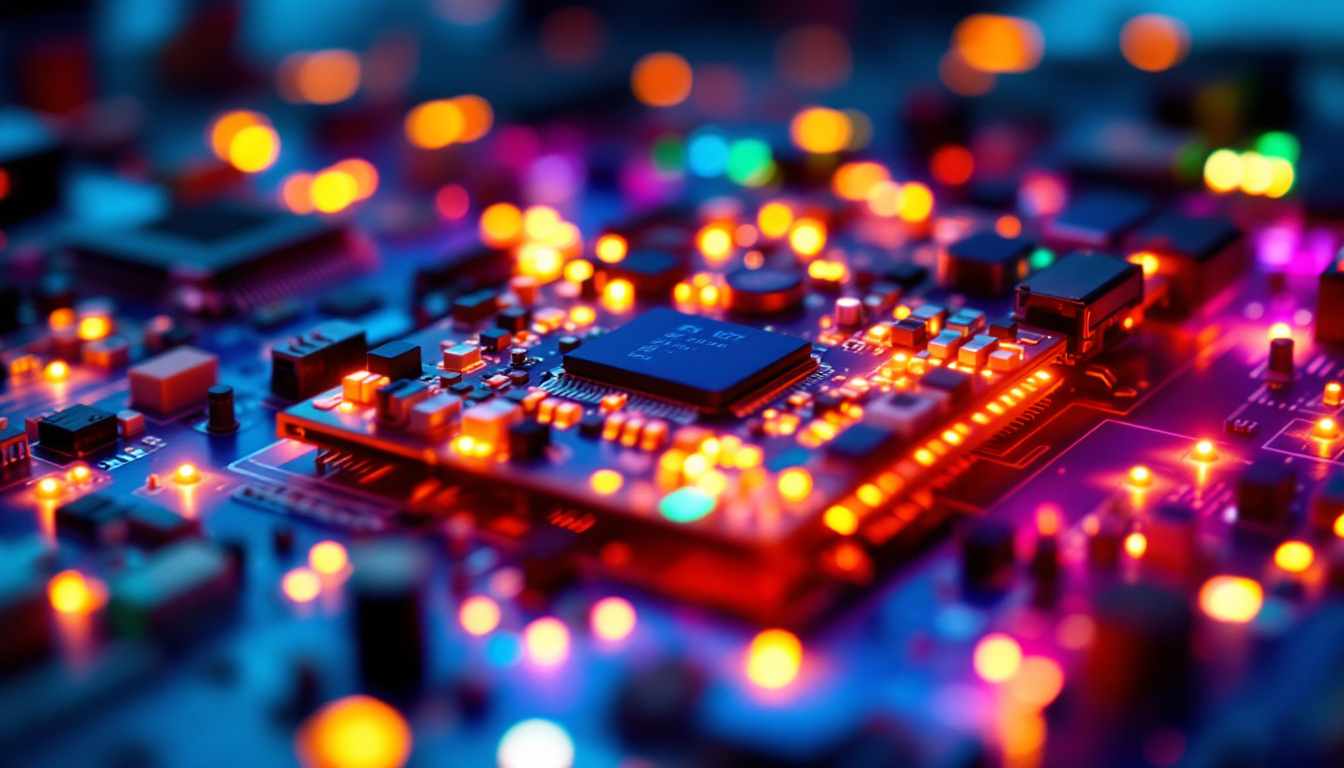In today’s digital age, touch screen monitors have become an integral part of our daily lives, revolutionizing the way we interact with technology. These devices combine the functionality of a traditional monitor with the intuitive nature of touch input, making them ideal for various applications ranging from personal computing to professional environments. This article delves into the intricacies of touch screen monitors, particularly focusing on LED displays, their technology, advantages, and applications.
Understanding Touch Screen Technology
Touch screen technology has evolved significantly since its inception, becoming more sophisticated and user-friendly. At its core, a touch screen monitor allows users to interact directly with what is displayed, eliminating the need for a mouse or keyboard. The technology behind these monitors can be categorized into several types, each with unique characteristics.
Types of Touch Screen Technologies
There are primarily four types of touch screen technologies: resistive, capacitive, infrared, and optical. Each type has its own mechanism for detecting touch and offers different advantages depending on the intended use.
Resistive touch screens consist of two flexible layers separated by a small gap. When pressure is applied, the layers touch each other, registering a point of contact. This technology is cost-effective and works well with styluses or gloves, making it suitable for industrial applications.
Capacitive touch screens, on the other hand, rely on the electrical charge of the human body. These screens are made of a glass panel coated with a transparent conductor. When a finger touches the screen, it disrupts the electrical field, allowing the device to detect the location of the touch. This type of screen is more sensitive and supports multi-touch gestures, which are essential for modern applications.
How Touch Screens Work
Regardless of the technology used, touch screens operate through a combination of hardware and software. The hardware includes the touch-sensitive layer, while the software interprets the touch input and translates it into commands that the operating system can understand.
For instance, when a user taps on an icon, the touch screen registers the coordinates of the tap. The operating system then processes this input, executing the corresponding action, such as opening an application or navigating to a different screen. This seamless interaction is what makes touch screens so appealing in both consumer and professional settings.
LED Displays: The Backbone of Modern Touch Screens
Light Emitting Diode (LED) displays have become the standard for touch screen monitors due to their superior performance and energy efficiency. Unlike traditional LCDs, which use fluorescent backlighting, LED displays utilize an array of tiny diodes to produce light, resulting in brighter images and better color accuracy.
Advantages of LED Technology
One of the most significant advantages of LED technology is its energy efficiency. LED displays consume less power than their LCD counterparts, making them more environmentally friendly and cost-effective in the long run. This is particularly beneficial for businesses that rely on multiple screens for operations.
Additionally, LED displays offer a wider color gamut and improved contrast ratios. This means that images appear more vibrant and lifelike, enhancing the user experience. Whether for gaming, graphic design, or everyday tasks, the clarity and richness of LED displays make them a preferred choice.
Different Types of LED Displays
Within the realm of LED displays, there are various types, including edge-lit, direct-lit, and OLED. Edge-lit LED displays have LEDs positioned along the edges of the screen, allowing for a thinner design. Direct-lit displays, on the other hand, have LEDs distributed across the entire back of the screen, providing more uniform brightness.
OLED (Organic Light Emitting Diode) displays represent the pinnacle of LED technology. Each pixel in an OLED display emits its own light, resulting in deeper blacks and greater contrast. While they tend to be more expensive, the visual quality they provide is unparalleled, making them ideal for high-end applications.
Applications of Touch Screen Monitors
Touch screen monitors are versatile devices that find applications across various industries. From retail to healthcare, their ability to facilitate direct interaction makes them invaluable in numerous settings.
Retail and Point of Sale Systems
In the retail sector, touch screen monitors are commonly used in point of sale (POS) systems. These systems streamline transactions, allowing cashiers to quickly process sales, check inventory, and manage customer interactions. The intuitive nature of touch screens reduces training time for employees and enhances the overall shopping experience for customers.
Moreover, interactive kiosks equipped with touch screens allow customers to browse products, check prices, and even place orders directly. This self-service model not only improves efficiency but also empowers customers to take control of their shopping experience.
Healthcare Applications
The healthcare industry has also embraced touch screen technology, particularly in patient care and administrative tasks. Touch screen monitors are used in hospitals for electronic health records (EHR), enabling healthcare professionals to access and update patient information quickly and efficiently.
Additionally, touch screens are utilized in medical imaging systems, allowing doctors to interact with images and data seamlessly. This capability enhances diagnostics and treatment planning, ultimately improving patient outcomes.
Education and Training
In educational settings, touch screen monitors serve as interactive whiteboards, fostering collaboration and engagement among students. Teachers can display multimedia content, annotate lessons in real-time, and facilitate group activities, making learning more dynamic and interactive.
Furthermore, touch screens are increasingly used in training programs across various industries. They provide a hands-on approach to learning, allowing trainees to practice skills in a controlled environment. This method enhances retention and understanding, making training more effective.
Choosing the Right Touch Screen Monitor
When selecting a touch screen monitor, several factors should be considered to ensure it meets specific needs. Understanding the intended application and environment is crucial for making an informed decision.
Size and Resolution
The size and resolution of the monitor are critical aspects to consider. Larger screens may be necessary for presentations or collaborative work, while smaller screens might suffice for personal use. Additionally, higher resolutions provide sharper images, which is particularly important for graphic design or video editing tasks.
For most applications, a Full HD (1920×1080) resolution is adequate, but 4K displays (3840×2160) offer even greater clarity for professional use. The choice ultimately depends on the specific requirements of the user or organization.
Touch Technology and Sensitivity
As previously mentioned, different touch technologies offer varying levels of sensitivity and responsiveness. Capacitive touch screens are generally preferred for their accuracy and multi-touch capabilities, while resistive screens may be more suitable for environments where users wear gloves or use styluses.
Additionally, the responsiveness of the touch screen is vital. A monitor that registers touch input quickly and accurately enhances the user experience, making tasks more efficient and enjoyable.
Durability and Build Quality
Durability is another essential factor, especially for touch screens used in high-traffic environments. Monitors with reinforced glass or rugged designs can withstand the rigors of daily use, reducing the likelihood of damage.
Furthermore, consider the warranty and support options provided by the manufacturer. A robust warranty can offer peace of mind, ensuring that any potential issues can be addressed promptly.
Future Trends in Touch Screen Technology
The future of touch screen technology is promising, with ongoing advancements that will further enhance user experience. Innovations in display technology, interaction methods, and integration with artificial intelligence are on the horizon.
Advancements in Display Technology
As display technology continues to evolve, we can expect to see improvements in resolution, color accuracy, and energy efficiency. Emerging technologies such as MicroLED and MiniLED promise to deliver even better performance, with brighter displays and deeper blacks.
Additionally, flexible and foldable displays are gaining traction, allowing for more versatile applications. These innovations could lead to new form factors for touch screen monitors, expanding their use in various industries.
Enhanced Interaction Methods
Future touch screens may also incorporate advanced interaction methods, such as gesture recognition and haptic feedback. These features would allow users to interact with devices in more intuitive ways, enhancing the overall experience.
Gesture recognition, for instance, could enable users to control devices with simple hand movements, reducing the need for physical contact. Haptic feedback could provide tactile responses to touch, making interactions feel more natural and immersive.
Integration with Artificial Intelligence
Artificial intelligence (AI) is set to play a significant role in the evolution of touch screen technology. AI can enhance user experience by personalizing interactions and providing intelligent suggestions based on user behavior.
For instance, touch screen monitors equipped with AI could learn user preferences and adapt to their needs over time, making interactions more efficient and tailored. This level of personalization could revolutionize how users engage with technology, making touch screens even more integral to daily life.
Conclusion
Touch screen monitors, particularly those utilizing LED display technology, have transformed the way individuals and businesses interact with digital content. Their intuitive nature, combined with the advantages of LED technology, makes them suitable for a wide range of applications.
As technology continues to advance, touch screens are poised to become even more sophisticated, incorporating new features and capabilities that enhance user experience. Understanding the various types of touch screen technologies, their applications, and future trends is essential for anyone looking to invest in or utilize these innovative devices.
In conclusion, whether for personal use, business applications, or educational purposes, touch screen monitors represent a significant leap forward in technology, offering a seamless and engaging way to interact with the digital world.
Explore Cutting-Edge LED Displays with LumenMatrix
Ready to elevate your interactive digital experience? Discover the innovative world of LumenMatrix, where our advanced LED display technology awaits to transform your space. From Indoor and Outdoor LED Wall Displays to specialized solutions like Vehicle and Sports Displays, LumenMatrix offers a wide array of options to captivate your audience. Embrace the future of visual communication with our Custom, All-in-One, and Transparent LED Displays, designed to deliver your message with unparalleled impact and clarity. Check out LumenMatrix LED Display Solutions today and see how we can enhance your brand visibility and create unforgettable visual experiences.



